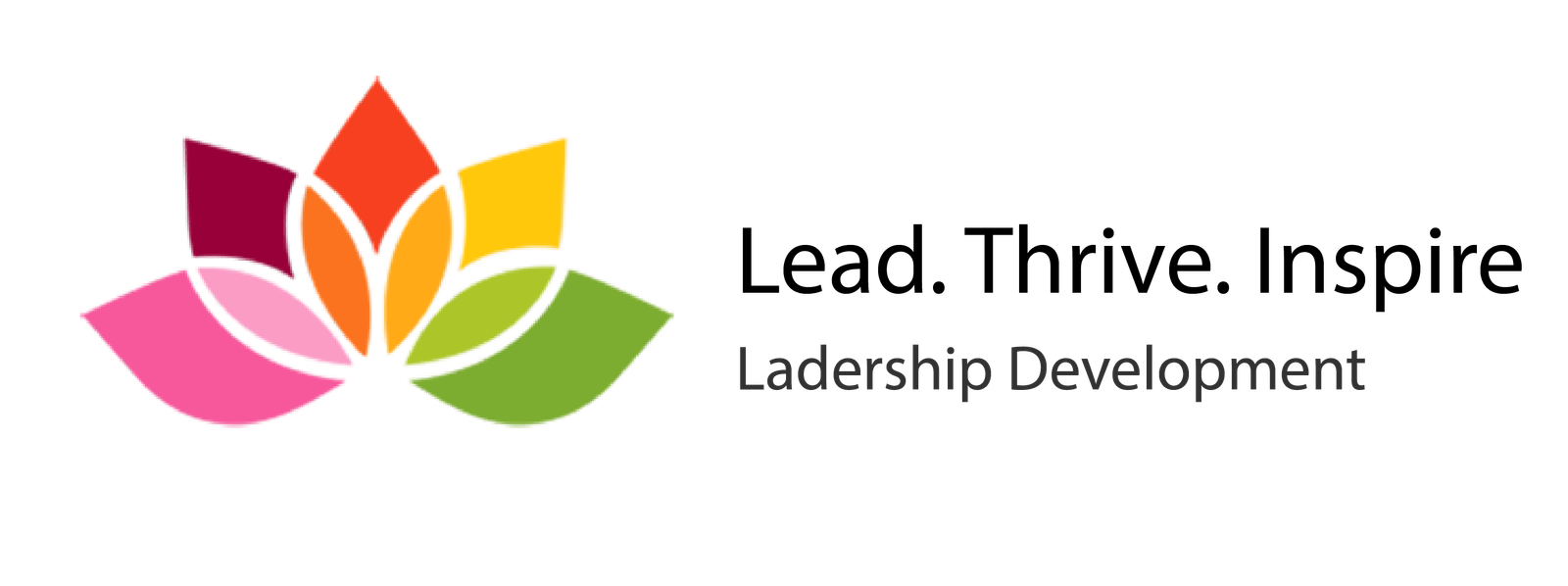
“The greatest danger in times of turbulence, is not the turbulence, it’s acting with yesterday’s logic” – Peter Drucker
The pandemic has accelerated the natural process of making our workplaces more human-centric, as many leaders and organizations today are beginning to see their people first as human beings and only then as employees.
This has led to a renewed focus on Work Wellbeing, Resilience, Work-life Balance and the importance of Belonging in the workplace (for a presentation on these four subjects see here)
However, change often comes with its share of challenges, and leaders repeatedly find themselves at a loss due to:
1. Experience gap: There are no existing working models for the post-pandemic workplace. New models and diverse initiatives need to be tried and tested.
2. Knowledge gap: Managers face a leadership knowledge gap as they have not been trained and educated for a human-centric hybrid work environment.
In The Future of the Workplace series, we aim to close these gaps by suggesting a new framework for the post-pandemic workplace and share key research findings on human-centric hybrid work extending from the late 60s up till today.
The goal is to expand beyond the limited scope of hybrid work (work from home vs. remote work) and determine new paths for creating an empowering Hybrid Culture.
For our purposes, we define a Hybrid Culture as a set of beliefs, behaviors, assumptions, and values of a group of people working jointly or separately towards a shared goal in a sustainable, healthy, safe, and productive manner.
Understanding the underlying processes of the post-pandemic workplace
The pandemic has pushed leaders and organizations to quickly adapt to new methods and behaviors of work, many of which will most likely persist after Covid.
Working from home has clearly been one of the most predominant changes. Data shows that only 20% of employees worked from home pre-covid, while today the numbers are as high as 70% [1].
Although the shift to flexible work was primarily considered a success—with many employees preferring flexible work and leaders seeing a surprising increase in productivity—hybrid work has its downsides too:
1. The hybrid work paradox – While most employees benefit from flexible work, many of them also crave more in-person work and collaboration after the pandemic [2]. This apparent inner conflict between more flexibility and more connection is what Microsoft CEO, Satya Nadella, refers to as the “Hybrid work paradox” [3].
2. Work-Life balance – Remote work also gave rise to employee burnout. The ability to work from everywhere turned into working all the time, and Zoom fatigue was cited as one of the biggest burnout reasons among many employees [4] (see more on the fallacy of work life balance).
3. Hybrid work and Diversity, Equity and Inclusion (DEI) efforts – Hybrid work has negatively impacted some employees more than others, and many fear it may set back the DEI efforts [5]. Survey data consistently shows that working mothers, women – especially of color, singles and new hires are experiencing more challenges during the pandemic [6,7,8]. For more info, see Hybrid work – the Good, the Bad and the Undecided.
4. Loneliness and Exclusion – Work from home and social distancing has brought 40% of employees to report feeling physically and emotionally isolated or excluded at work [9], and 37% of new hires experienced significant difficulties in creating a connection and learning the culture during the pandemic [7]. In addition, recent surveys show that young adults report feeling four times lonelier compared to previous years and single adults have an increase of 22 percentage points in loneliness (vs. 9 percentage points for adults with a partner)[8] (for more on how to avoid exclusion and promote a sense of belonging in the team, see here Belonging: Beyond Diversity and Inclusion.
“Those leaders and organizations who build
sustainable hybrid cultures today
would be the ones who retain and attract the best talent tomorrow.”
The pandemic employee-leader disconnect
Apart from the abovementioned adverse effects, the pandemic has also created a disconnect between employees and leaders. While employees’ needs and drivers have changed considerably due to the Covid outbreak, leaders, in many ways, are still working under outdated assumptions and need an urgent wake-up call [10]. We call this employee-leader disconnect The Divide.
The Divide causes 87% of the employees today to feel that their company is not attentive enough to their needs and is also why 85% feel unsatisfied with how their employers support them [10].
These conditions lead to growing employee discontent, instigating what is now referred to as The great resignation. The great resignation (or great reshuffle [11]) is an unprecedented trend of voluntary resignation—with multiple studies estimating 40% of the employees would leave their companies in the next 6 to 12 months [see here].
While employee’s workplace-discontent increases and with the subsequent upsurge in resignations, leaders are now at a turning point.
Those leaders and organizations who build sustainable hybrid cultures today would be the ones who retain and attract the best talent tomorrow.
What should leaders do next?
The following articles in The Future of the Workplace series will walk you through the four steps leaders need to take today to be better positioned for cultivating sustainable solutions for the post-pandemic workplace.
1. Mastering the fundamentals of hybrid work – taking a behind the scene look at hybrid work to grow in depth intuition of the good, the bad and the ugly.
2. Understanding The Divide – What are the current processes employees go through in a hybrid setting, and how can leaders support and lead them in the post-pandemic workplace.
3. The 3-lens Framework – Hybrid work is more than just home vs. remote work-location. In this article, we present a framework—constructed of three lenses: Project, Person, Culture—to support leaders in the co-creation of a sustainable hybrid culture.
4. Belonging – In this 2-part article, we discover why Diversity, Equity and Inclusion are simply not enough in a hybrid setting and why Belonging may very well be the key to increased productivity, engagement and employee wellbeing.
Resources:*
[1] Pew Research center,2020: How the Coronavirus Outbreak Has – and Hasn’t – Changed the Way Americans Work
[2] Microsoft, 2021: The Work Trend Index
[3] Linkedin, 2021: The hybrid work paradox
[4] Bennett et al., 2021 : Videoconference fatigue? Exploring changes in fatigue after videoconference meetings during COVID-19.
[5] HBR, 2021: Don’t Let Hybrid Work Set Back Your DEI Efforts
[6] McKinsey, 2021: Women in the Workplace, McKinsey (- Sep 27,2021)
[7] Workable survey, 2020: The New World of Work
[8] JRC Science, 2021: Loneliness in the EU. Insights from surveys and online media data
[9] HBR, 2019: The Surprising Power of Simply Asking Coworkers How They’re Doing
[10] Oracle, 2021: Global Study
[11] Linkedin, 2021: Navigating the Great Reshuffle
[12] McKinsey, 2021: ‘Great Attrition’ or ‘Great Attraction’? The choice is yours resignment
[13] Gallup, July 2021: The ‘Great Resignation’ Is Really the ‘Great Discontent’
[14] PWC, 2021: PwC’s U.S. Remote Work Survey
* For clarity and fluency a semi-scientific resource citation style was used, rather than the more formal APA format.







